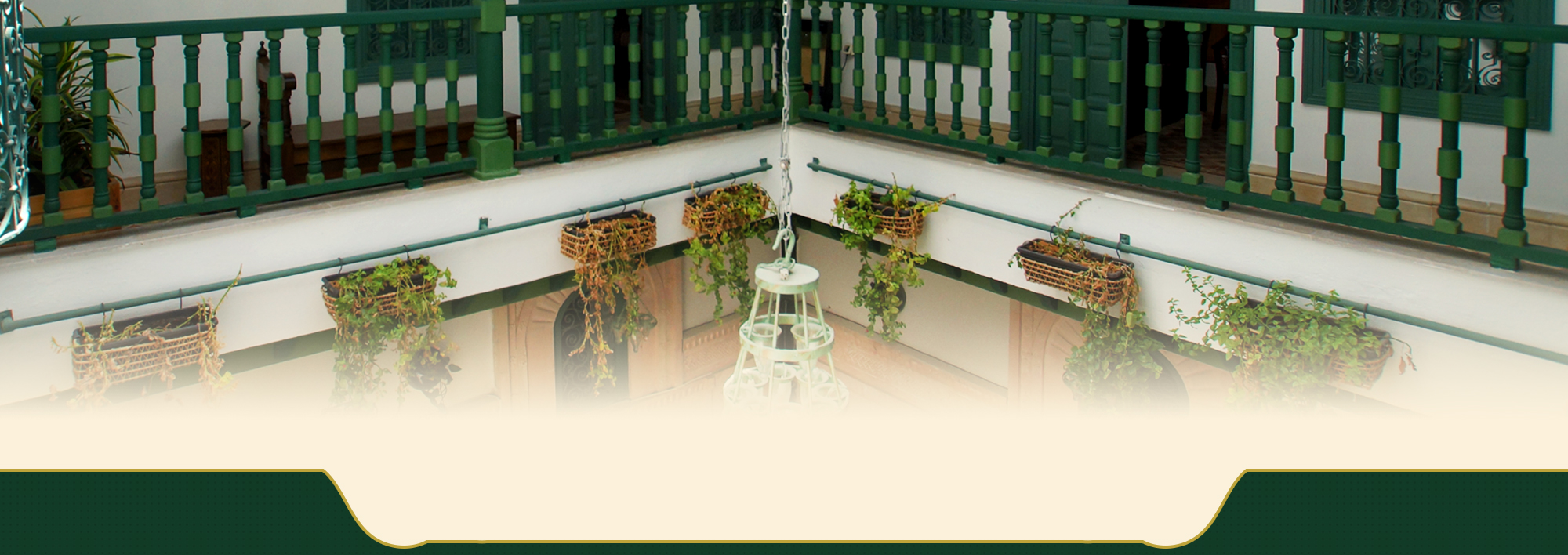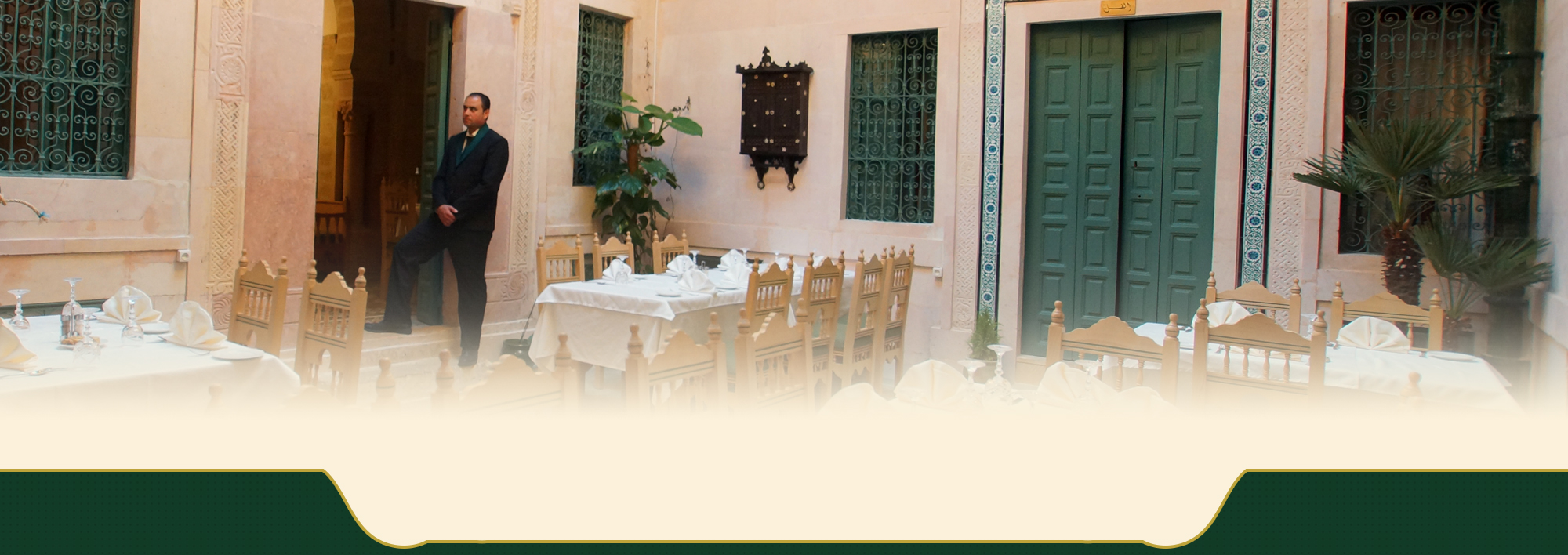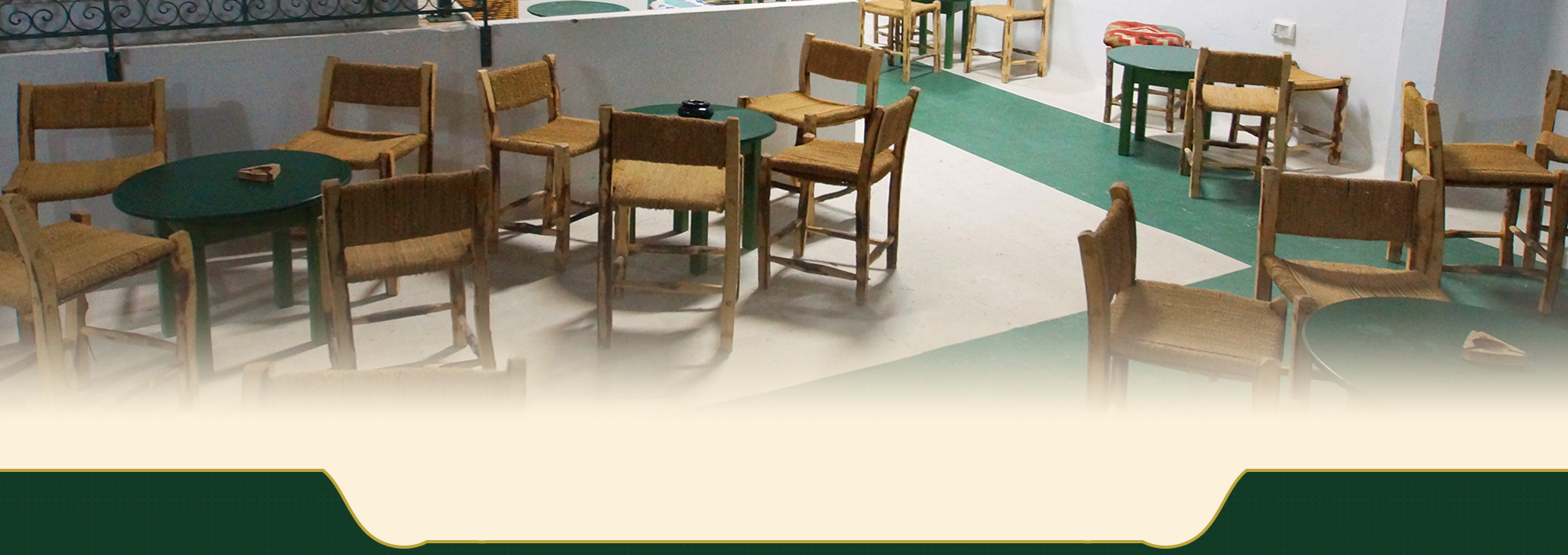





Younga :
Located 45 km south of Sfax, Younga was founded by the Byzantines in 534 AD. J-C on ancient Phoenician and Roman remains. According to the French archaeologist Louis Poinssot, Younga was the place designated by the Arab geographers of the 12th and 12th centuries – Al Bakri and Al Idrissi under the name of Kasr er-rum and was transformed into a ribat by the Aghlabids in the 9th century.
El Jem :
Located 65 km south of Sfax, El Jem is the ancient Thysdrus, a Roman city founded in 238 AD. J-C on Punic remains. It is famous for its amphitheater, the largest in the Roman Empire after the Colosseum in Rome. It was listed as a UNESCO World Heritage Site in 1979. Every summer since 1985, an international festival of symphonic music and jazz has been held in the amphitheater of El Jem.
Archipel Al-Kanaiss :
Located about 50 km southeast of Sfax, the archipelago brings together four islands (Al-Bassila Island, Al-Hajar, Al-Laboua and Al-Gharbia Island). Since December 1993, the archipelago has been a protected nature reserve for its rich fauna and flora.
Rougga :
Located 45 km north of Sfax, the remains of Rougga extend over 100 ha. The site of Barbarus (Henchir Rougga) is a buried complex, where two monumental cisterns form a network of cross vaults, supported on twenty-one pillars covering the upstream receptacle. Ruins of an amphitheater and a temple still exist and probably date from the first half of the first century AD. J-C.
Thyna
It is located 12 km south of Sfax. Ancient Thyna was the southernmost city in the province of Africa. It became a colony under Emperor Hadrian (117-138 BC). There are few archaeological remains with traces of villa baths, an early Christian basilica, a necropolis, salting vats…
Thyna has on its territory the second largest saltworks in Tunisia which extend over 1500 Ha and produce 300,000 tons of salt per year. This site is also an ornithological nature reserve for winter bird migrations.
Acholla – Botria
Acholla is a Punic then Roman archaeological site located on the coast 45 km north of the city of Sfax, now called Botria. The city was founded by Phoenician settlers from the island of Malta who sided with Rome during the Third Punic War. Acholla becomes a maritime trading town with an important port and joins Julius Caesar during his African campaign.
The archaeological remains of Acholla – Botria extend over approximately 100 ha currently comprising
The Kerkennah Archipelago
Located 20 km off the coast of Sfax, the Kerkennah archipelago is made up of 14 islands, the most important of which are Chergui Island and Gherbi Island, linked together by a 600m long causeway, dating from the Phoenician or Roman times.
After the Phoenicians settled in Carthage, the archipelago fell under Roman domination until the Arab-Islamic conquest in the 7th century.
Hannibal Barca settled in the islands of Kerkennah in 195 BC. J-C after the defeat of his army during the battle of Zama against the Romans. He will join the Phenicia of King Antiochos III of Syria a few years later.
In Roman times, Julius Caesar in pursuit of his rival Pompey stopped at the Kerkennah Islands to refuel his maritime fleet.
The palms and the wood of the palm trees are the raw material that the fishermen of the Kerkennah islands use for trapping octopus and fish and manufacturing their maritime boats, knowing that their traditional fisheries take place on properties of maritime plots inherited from generation in generation.